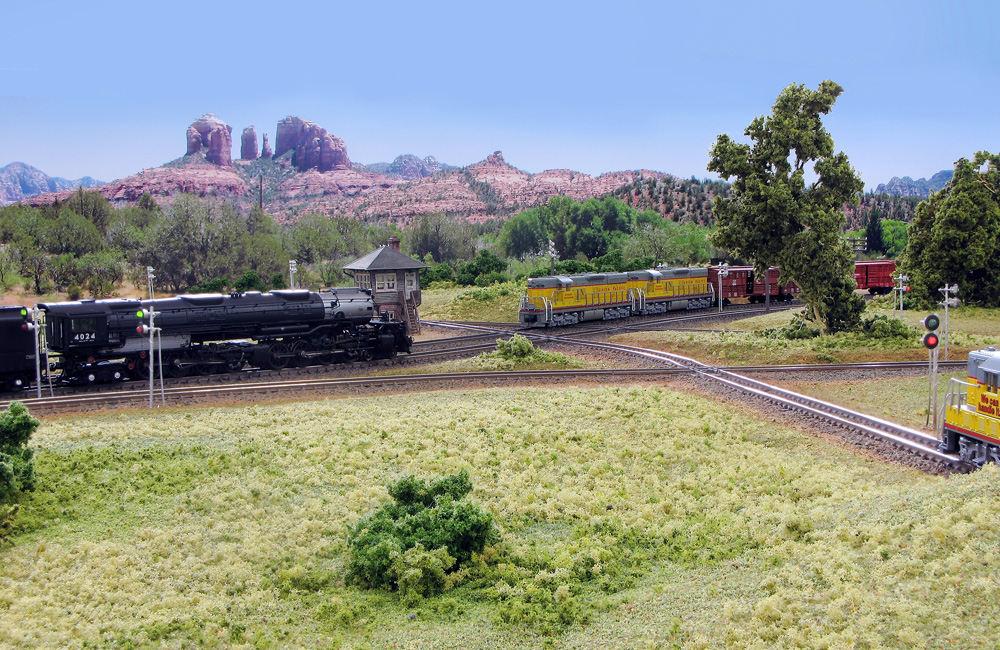
Q: I was wondering, what would be a great way to get started in N scale? I have modeled in HO scale for a while, but I would like to have an N scale layout, since I’m downsizing. What would be some tips and tricks on N scale track and track laying, and what would […]
Read More…

Weathering with an airbrush: If you’re looking to give your freight cars and locomotives a general coat of grime in relatively little time, try using an airbrush and thinned acrylic paints. My first step on this Athearn HO scale 54-foot covered hopper kit was to spray the entire car with thinned Polly Scale Reefer White […]
Read More…
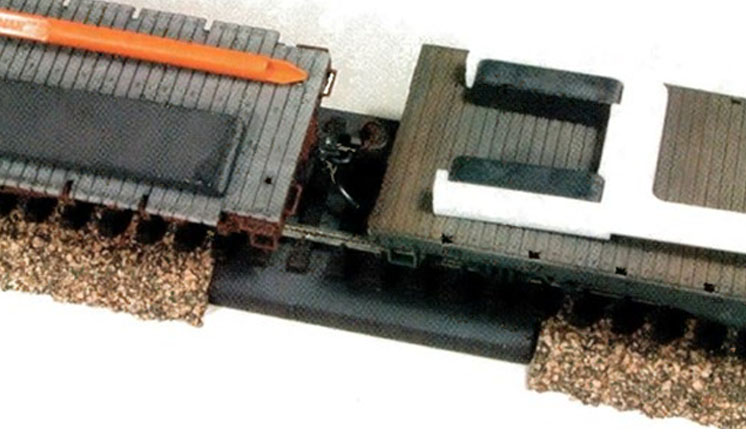
Seven ways to uncouple model railroad train cars on tracks: Automatic knuckle couplers look great, and they make coupling cars extremely easy – you simply push them together. However, when it comes to uncoupling, far too many of us rely on the hand from the sky method (also known as the 0-5-0 switcher), reaching in […]
Read More…
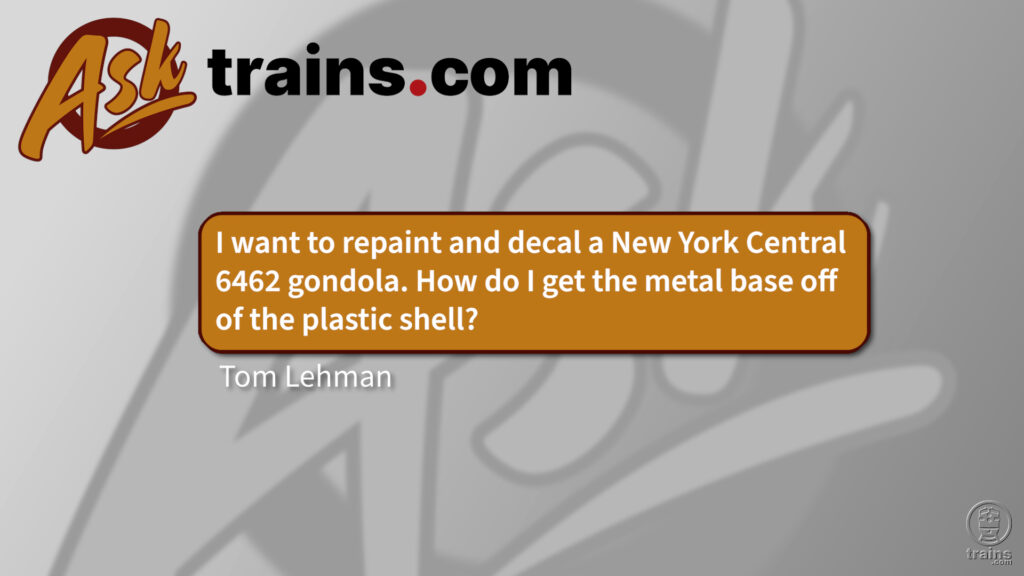
Cody is joined by Hal Miller, editor of Classic Toy Trains, to discuss techniques to repaint a Lionel 6462 Gondola. To learn more about the car being discussed you can find more information about the car at postwarlionel.com. Are you looking to learn more about your model railroad, or do you have questions about full-size […]
Read More…

Cody is joined by Hal Miller, editor of Classic Toy Trains, to discuss the optimal configuration for power and controls in model railroading, and technological advancements in this field model railroad enthusiasts can expect to see soon. Are you looking to learn more about your model railroad, or do you have questions about full-size trains? […]
Read More…

In this article we’ll look at five ways to clean track. If you want to get a lively debate started amongst model railroaders, ask them the best way to clean track. Some prefer abrasive blocks, like the Bright Boy, while others turn to any number of cleaning solvents, homemade or commercial cleaning cars, or off-the-shelf […]
Read More…
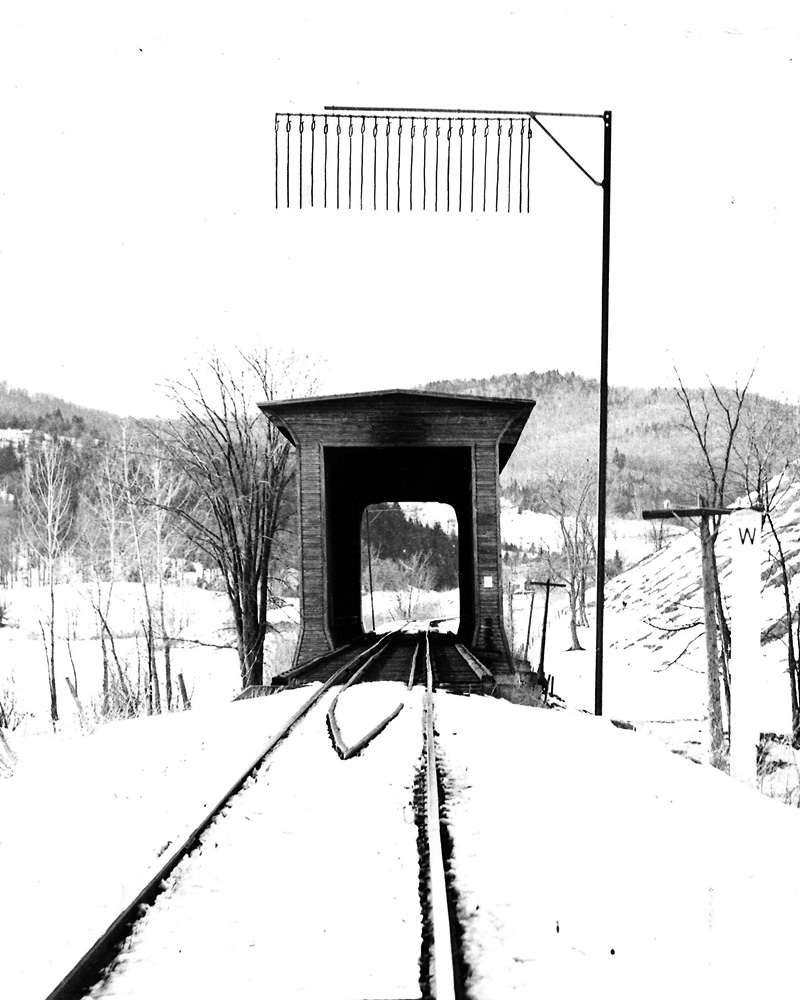
Q: I’m going to scratchbuild a two-track telltale for both of my tunnel entrances. I have a couple of questions. How are railroad telltales made? What material did the railroads use? For a double track, would there be one long bar or two separate bars with the telltales on them? – Wes Barteck A: I […]
Read More…
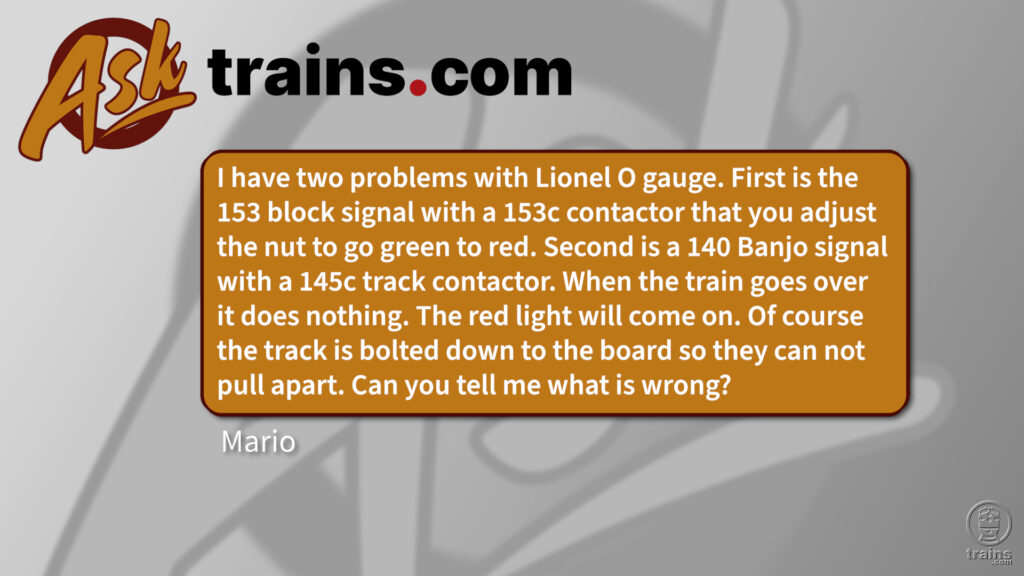
Cody is joined by Classic Toy Trains editor Hal Miller to identify possible contact issues with a reader’s Lionel O gauge layout. Are you looking to learn more about your model railroad, or do you have questions about full-size trains? Send us an email at: AskTrains@trains.com ………………………………… Ask Trains is a regular video feature of […]
Read More…
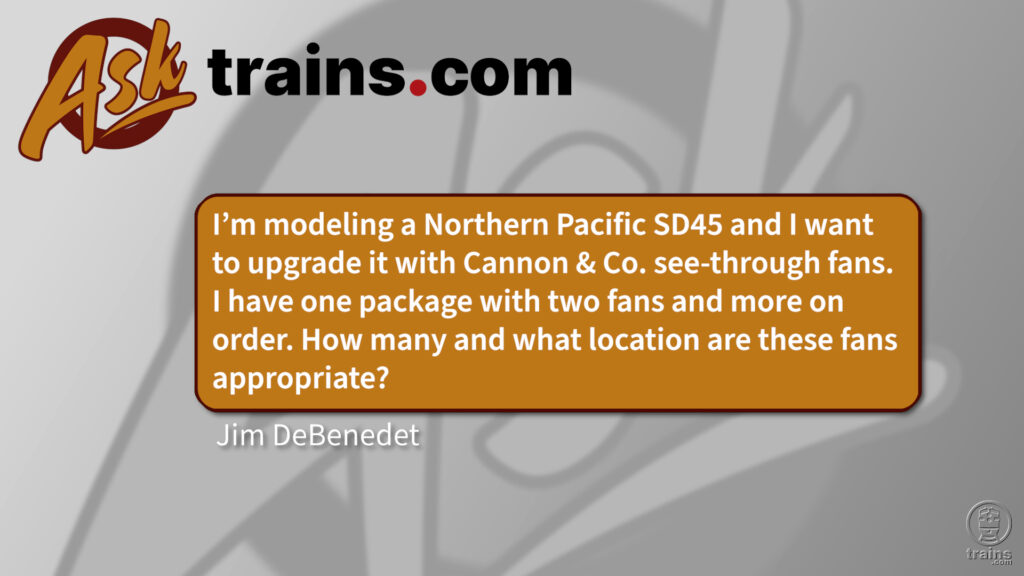
Cody helps a reader identify the correct fan configuration on an SD45. Are you looking to learn more about your model railroad, or do you have questions about full-size trains? Send us an email at: AskTrains@trains.com ………………………………… Ask Trains is a regular video feature of Trains.com for magazine subscribers and Trains.com members, where editors answer […]
Read More…
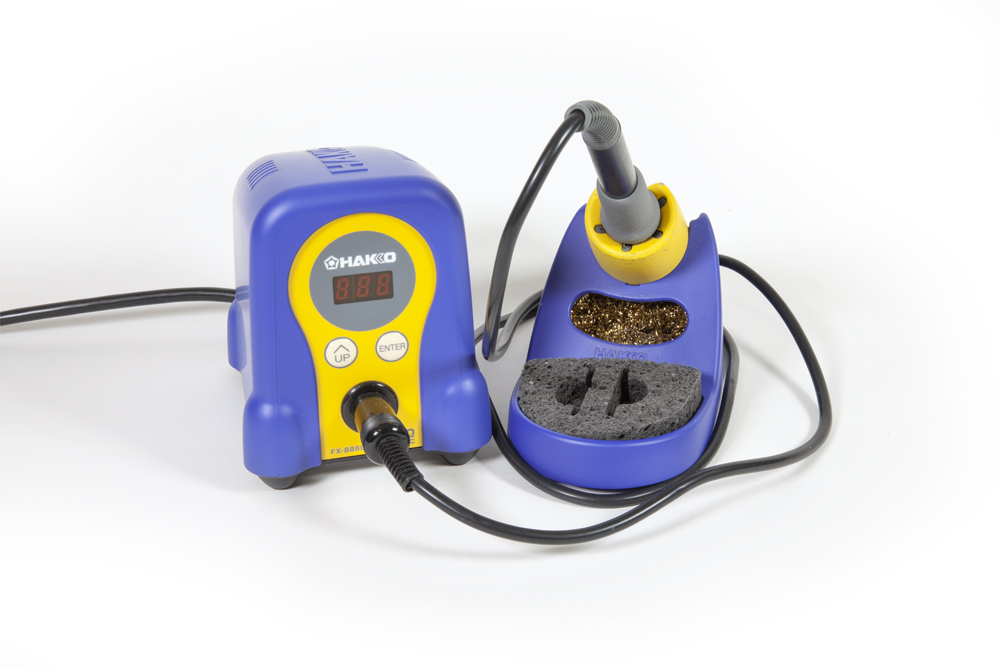
Handy tools for DCC wiring projects: I talked about soldering irons, solder, heat sinks, tip cleaners and other handy tools for DCC wiring in the August 2017 DCC Corner column. I’m not going to repeat that, but I want to provide an update. Some soldering irons can leak current through their tips if they’re not […]
Read More…
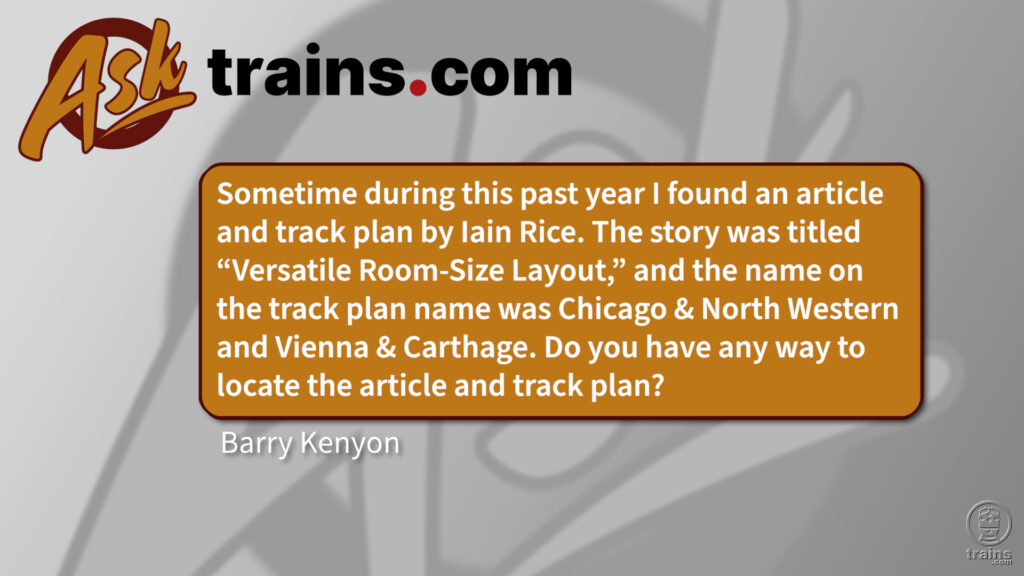
Cody helps a reader locate a track plan. Find Model Railroad Planning 2012 and How to Build Small Model Railroads on the Kalmbach Hobby Store. This track plan can also be found in Model Railroader’s track plan database. Are you looking to learn more about your model railroad, or do you have questions about full-size […]
Read More…
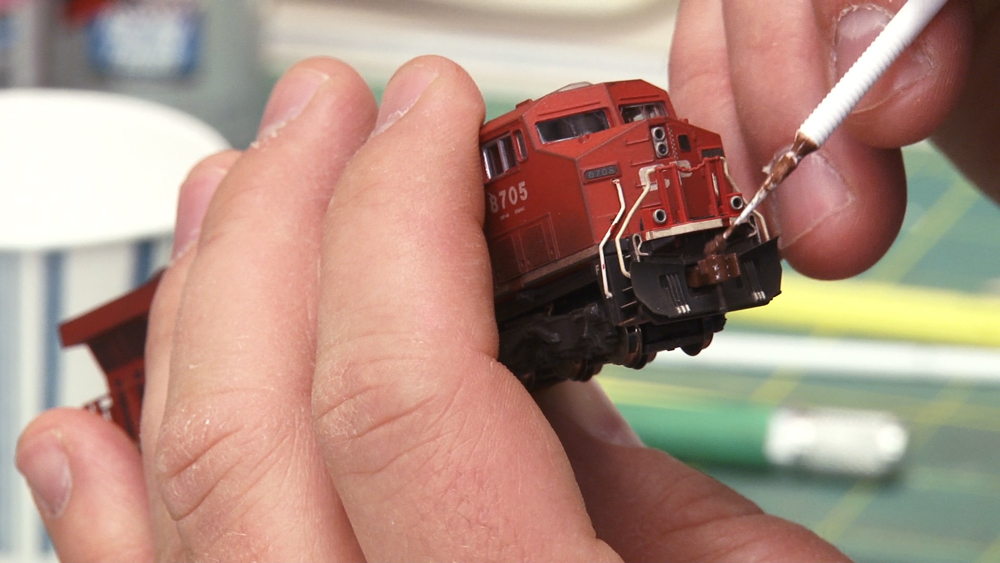
Weathering N scale locomotives: Our Canadian Canyon N scale layout just wasn’t complete without locomotives and rolling stock to bring it to life. Running through rugged mountain terrain, the bright red Canadian Pacific road units quickly accumulate a layer of grime. Road dust on the trucks, fuel tank, side frames, and pilots; soot around the exhaust […]
Read More…












